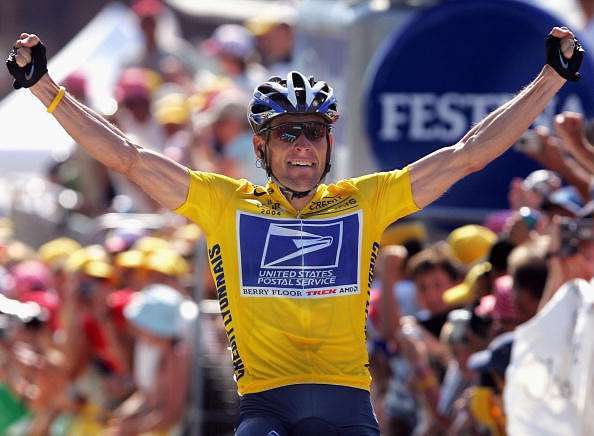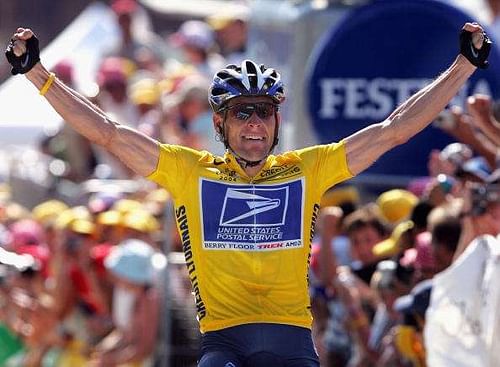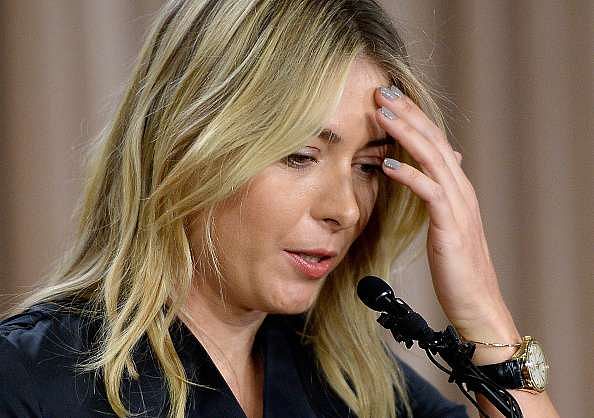
Doping in Sports: The unspoken code

A cancer survivor, 7 times Tour de France champion and founder of Livestrong. 5-time grand slam winner, one of the youngest to win Wimbledon and the highest paid women sports star. Lance Armstrong and Maria Sharapova have seen the best and worst in sport. In Lance, you have an athlete who defined the sport of cycling while in Maria you have a woman who redefined tennis achieving cult status.
But somewhere down the road, the wheels stopped turning and it was game, set and match.
Born in Plano, Texas, Lance Edward Armstrong took the world by storm by winning 7 Tour de France titles. The largest bike tour in the world and one of the most enduring competitions was dominated by a man who had fought and overcome testicular cancer. It was always a story too good to be true, but for all its haters, it had a romance that not many could have bragged about.
In 1998, team Festina’s masseuse was caught by the customs in France who found drugs that were to be used for the tour. Trying to clean up the controversy associated with that year, UCI – Union Cycliste Internationale hoped 1999 would a ‘slower’ year in terms of timings so as to have people believe cycling was clean again only for Lance to shatter the timings and make it the fastest year.
The turn of the century saw Lance’s prominence grow, and he lapped up the Tour de France almost as if the competition were made for him. His success came with its fair share of detractors who strongly believed he could not achieve the feat without the aid of Performance Enhancing Drugs (PEDs).
The criticism widened with his strong ties to Michele Ferrari, a man who’s known to aid cyclists while encouraging the use of PEDs, and also Hein Verbruggen, the President of UCI from 1991-2005.
After walking away from the sport in 2005, Lance returned in 2009 to have one last crack at the Tour de France. Opening a can of worms, Lance eventually admitted to using drugs to enhance his abilities. Whilst many have laid the blame on him for tarnishing the reputation of the sport along with dispelling the faith many had in his miracle story, Lance’s perspective is riveting in more ways than one.
So deep in its roots was doping, that in all its years, not one podium finisher in the Tour de France wins of Lance was clean. ‘Omerte’ was the code of silence among riders for doping and was upheld by many to protect their kiln. And somewhere down the line, the sport turned from being a test of man’s abilities to something dark hiding blood bags and syringes behind a masquerade of hard work and will.
Sharapova’s tryst with destiny

Maria Sharapova was recently nailed on account of using Meldonium, an anti-ischemic drug that helps flood muscles with more oxygen; a story all so similar with Lance’s use of EPO. The Russian whose career has been marred with injuries has still been one of the most marketable sporting stars.
Bursting onto the scene at a young age and winning the Wimbledon, Maria was touted to dominate the sport for many years. While some may believe she has still underachieved, considering how long she’s been in the sport, you cannot take away her impact on the sport.
If not for a certain Serena Williams coupled with her injury woes, Maria might well have scaled greater heights. But her tryst with destiny today has landed her in rough weather. While she claims to have used Meldonium on the advice of her doctors, it would be naive to think that her team and she himself were unaware of the changes to WADA’s rulings, something she admits to publically.
Her long-time sponsor Nike has pulled out of their support to her for now, claiming they would reconsider when she is cleared on all fronts. A politically ‘correct’ statement made from the apparel giant whose actions can be taken with a pinch of salt considering they’ve backed the likes of Justin Gatlin who’s served two suspensions because of doping.
A clear line needs to be drawn
So competitive is the world of sports toady that athletes have resorted to banned substances to enhance their abilities and have a chance to rise to the top. Maybe, but there are some grey areas here. Cortisone, an anti-inflammatory drug is banned in cycling but allowed in American football. So Lance cannot look like a hero but a wide receiver scoring a touchdown can.
It’s obvious that a clear line has to be drawn as to what is right and wrong, but to pin the athlete alone might not be a holistic approach. UCI’s support coupled with ‘omerte’ gave birth to an inconvenient truth that Lance lived for over a decade. But would cycling ever have had a romantic tale, albeit for a short duration, of a cancer survivor overcoming the odds to win the Tour de France?
The darling of tennis today is at crossroads with respect to the same. While a lot of what’s black and white might still be hidden in detail, her choice of resorting to performance enhancers might lead us to ask the tougher questions of whether she’s alone or are we only scratching the surface.
Sport is loved by many across the world for its raw emotion and realism. Real people defying the odds, scripting stories that each one of us want to hear. But in the maze of what’s real are blurry lines muddled with complexities that an average fan does not want to read through. While doping is a real problem affecting athletes across the gamut of sports, are we asking the right questions?